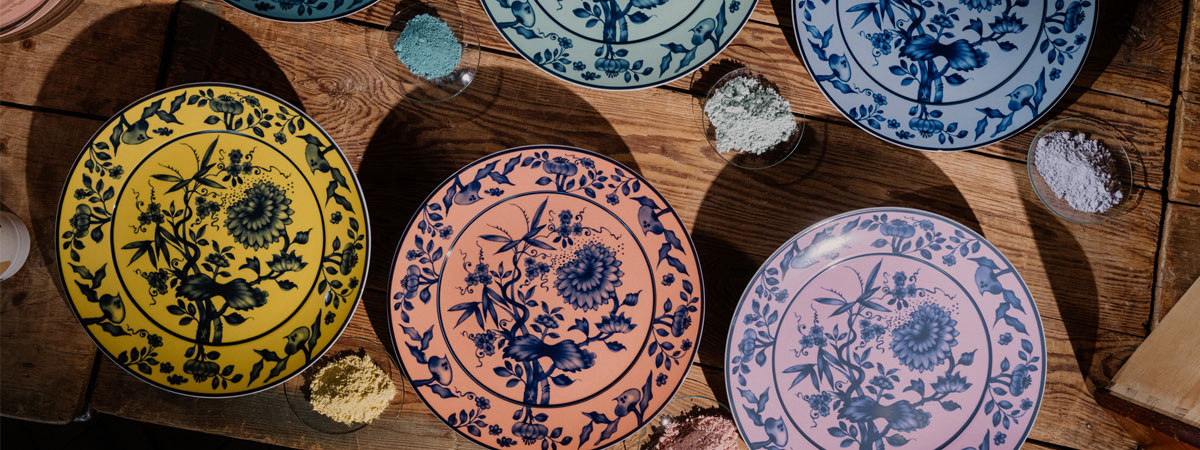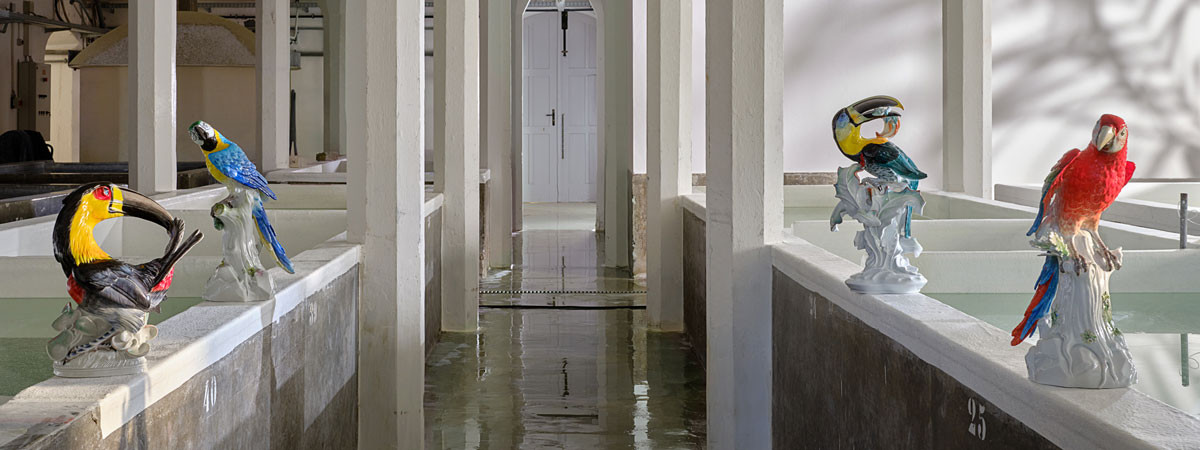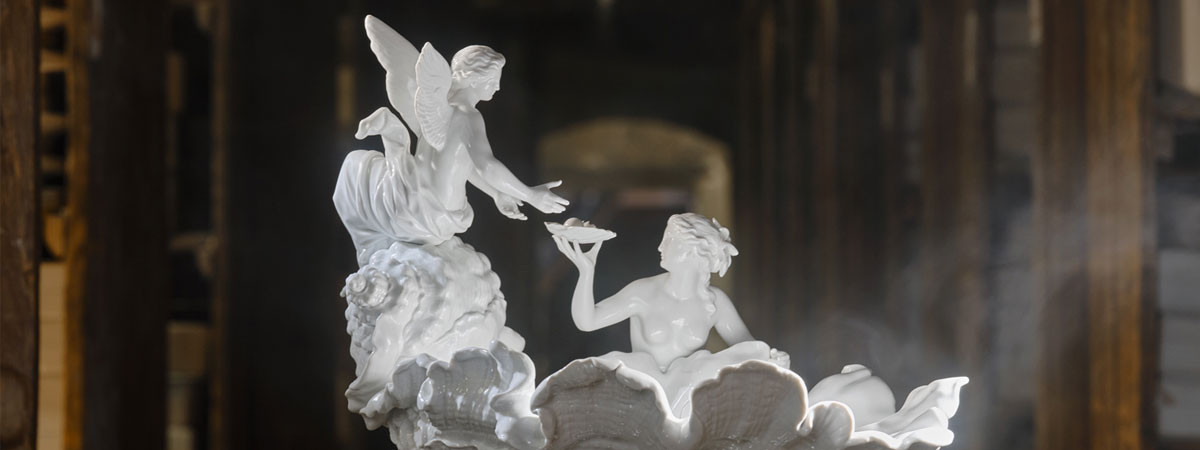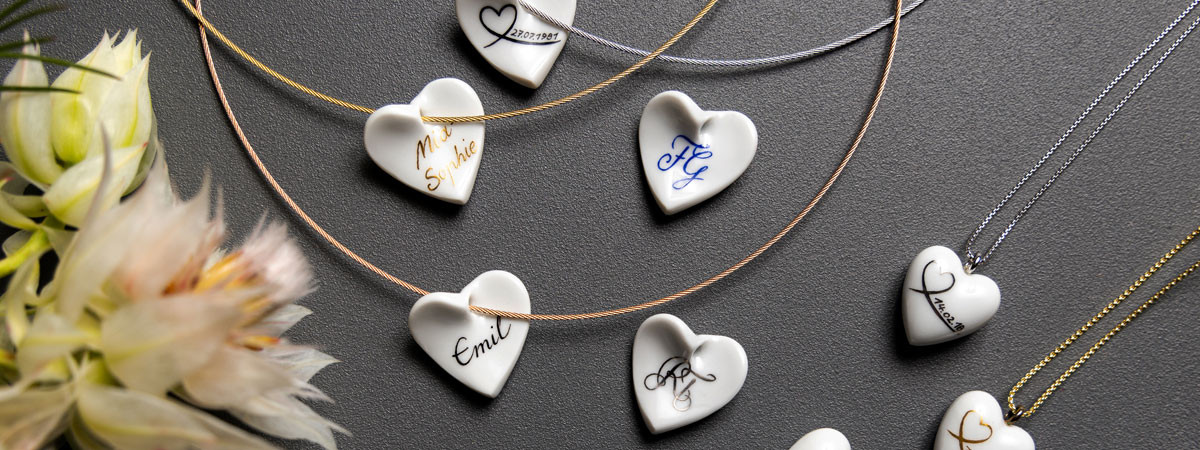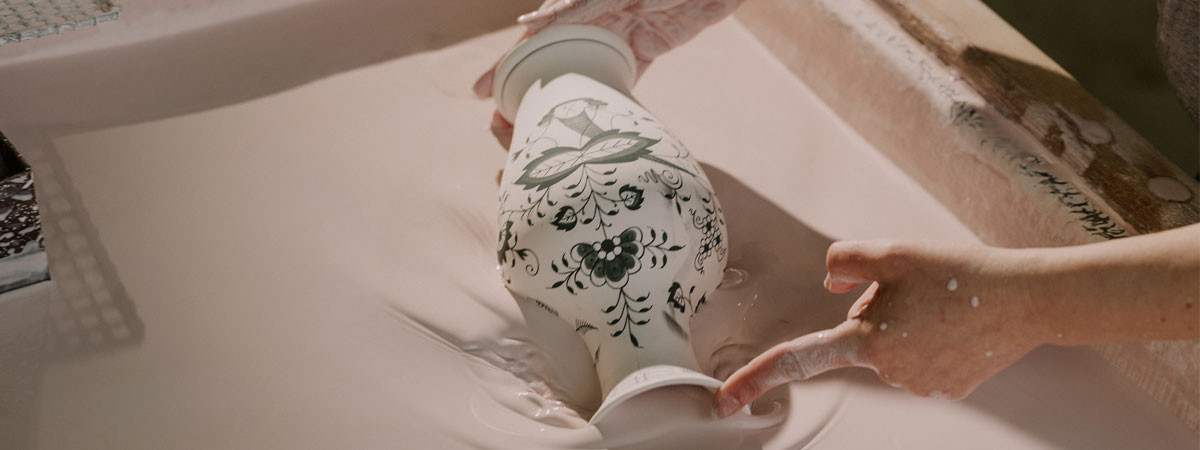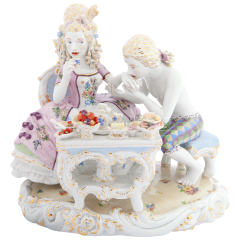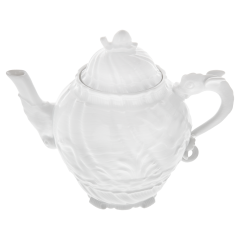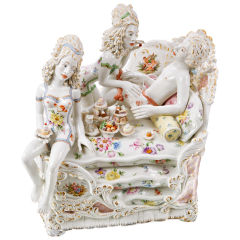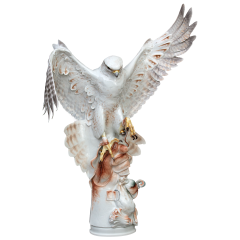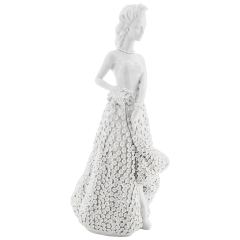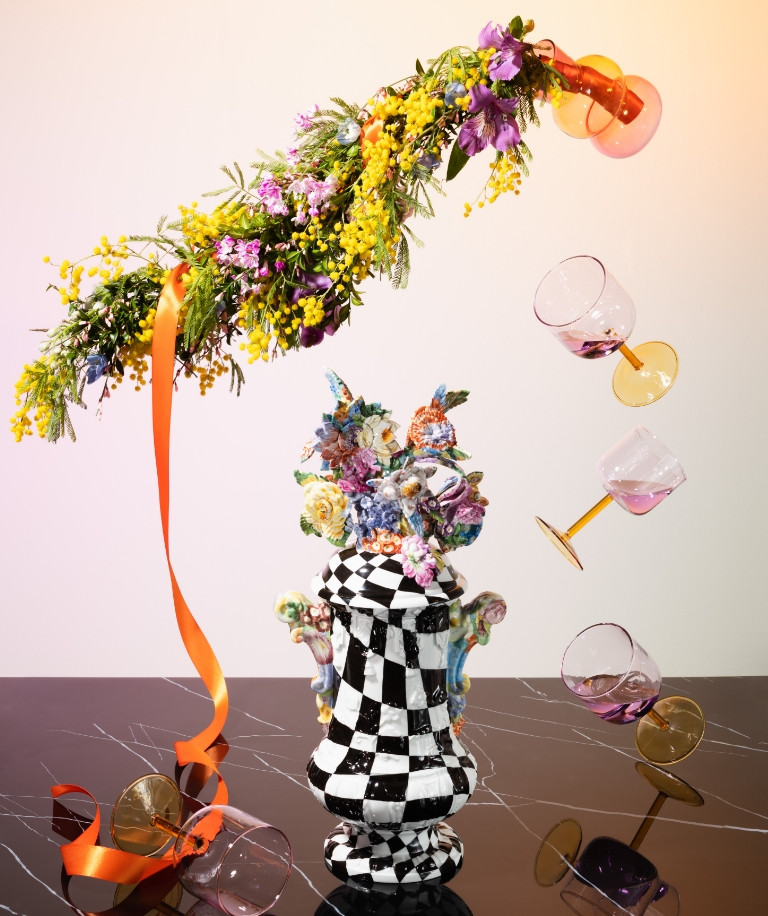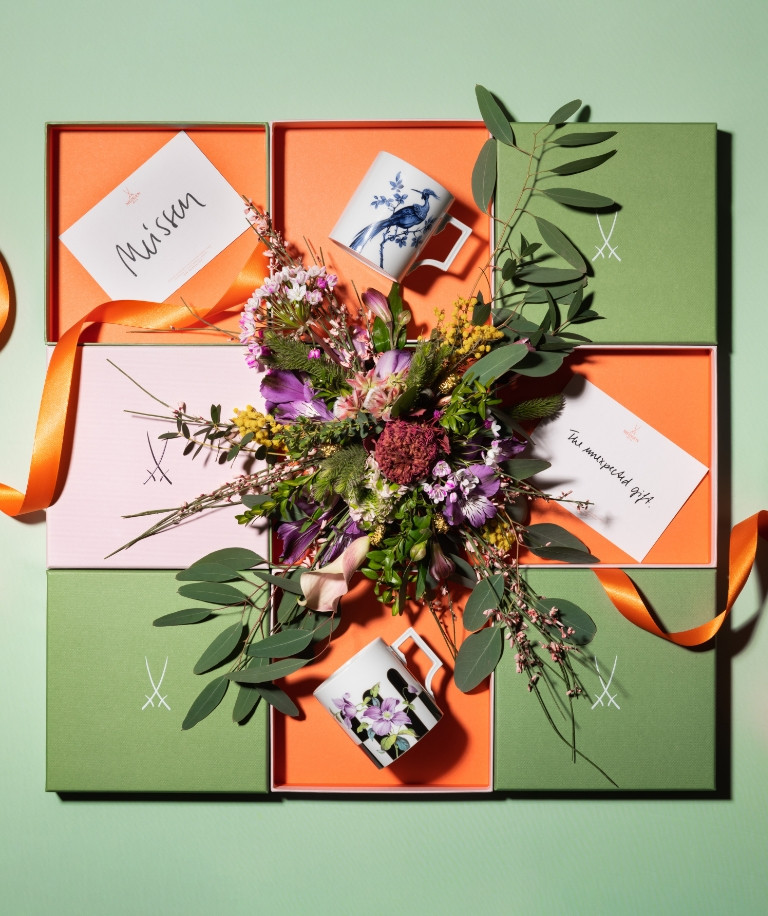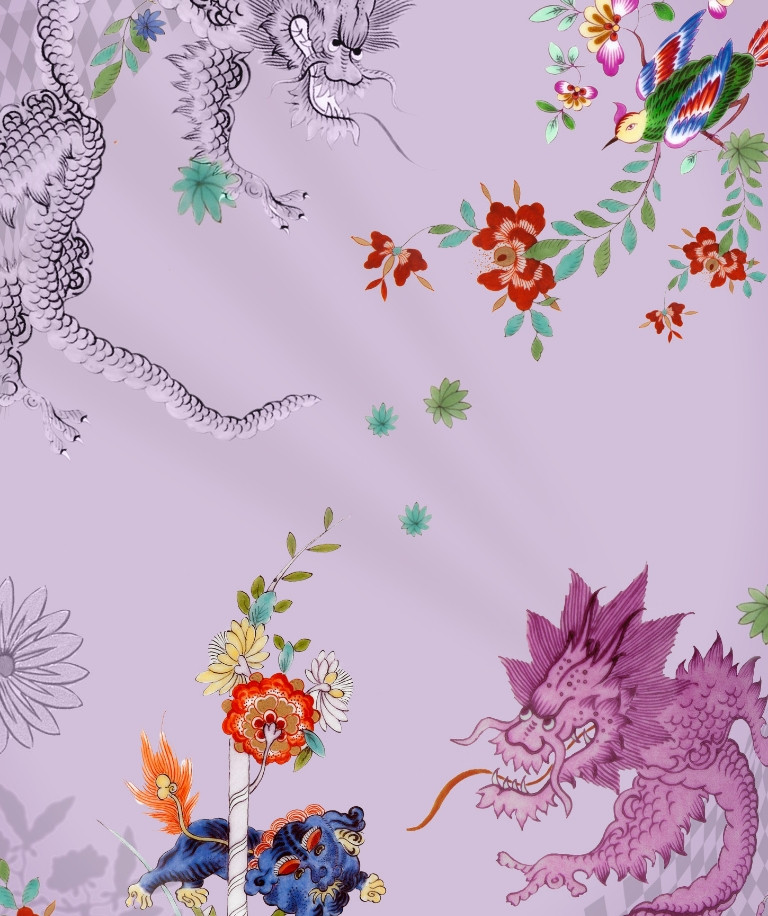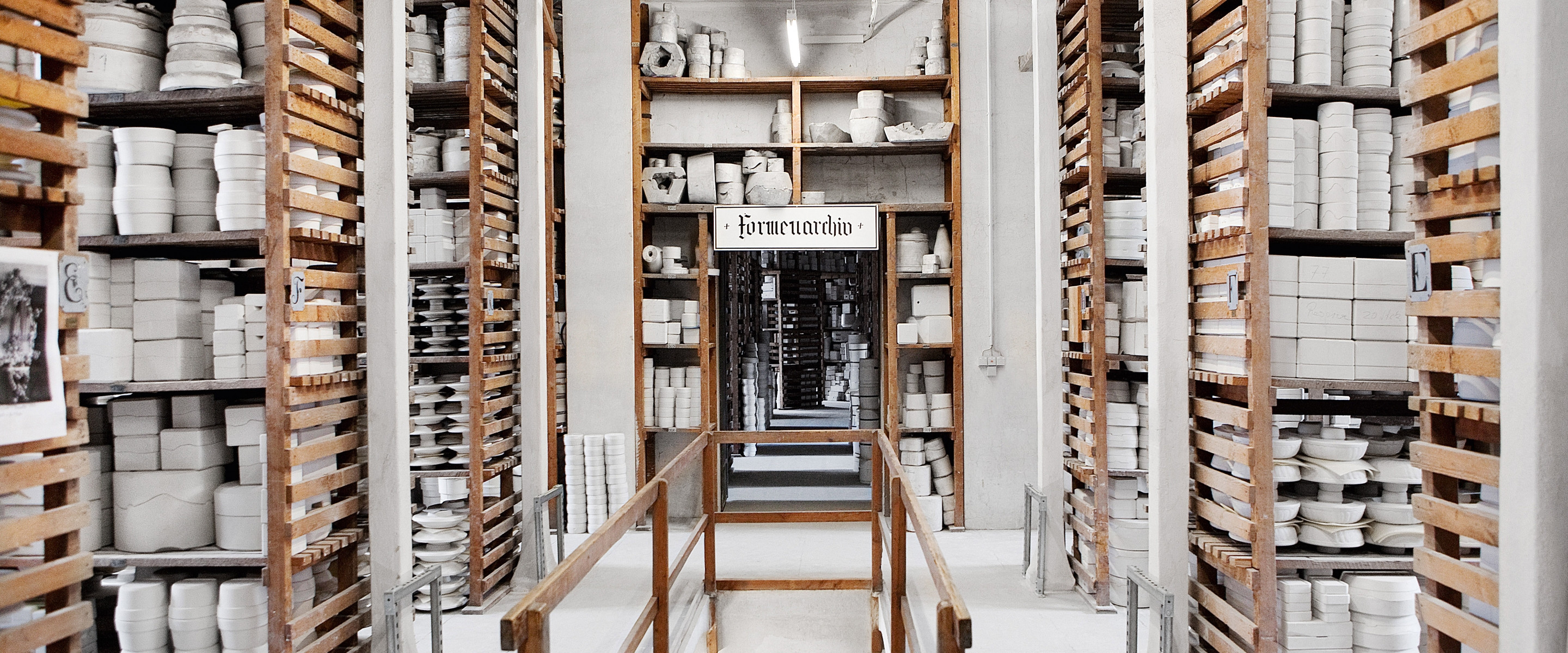
Fantastic MEISSEN places – the mould archive
-
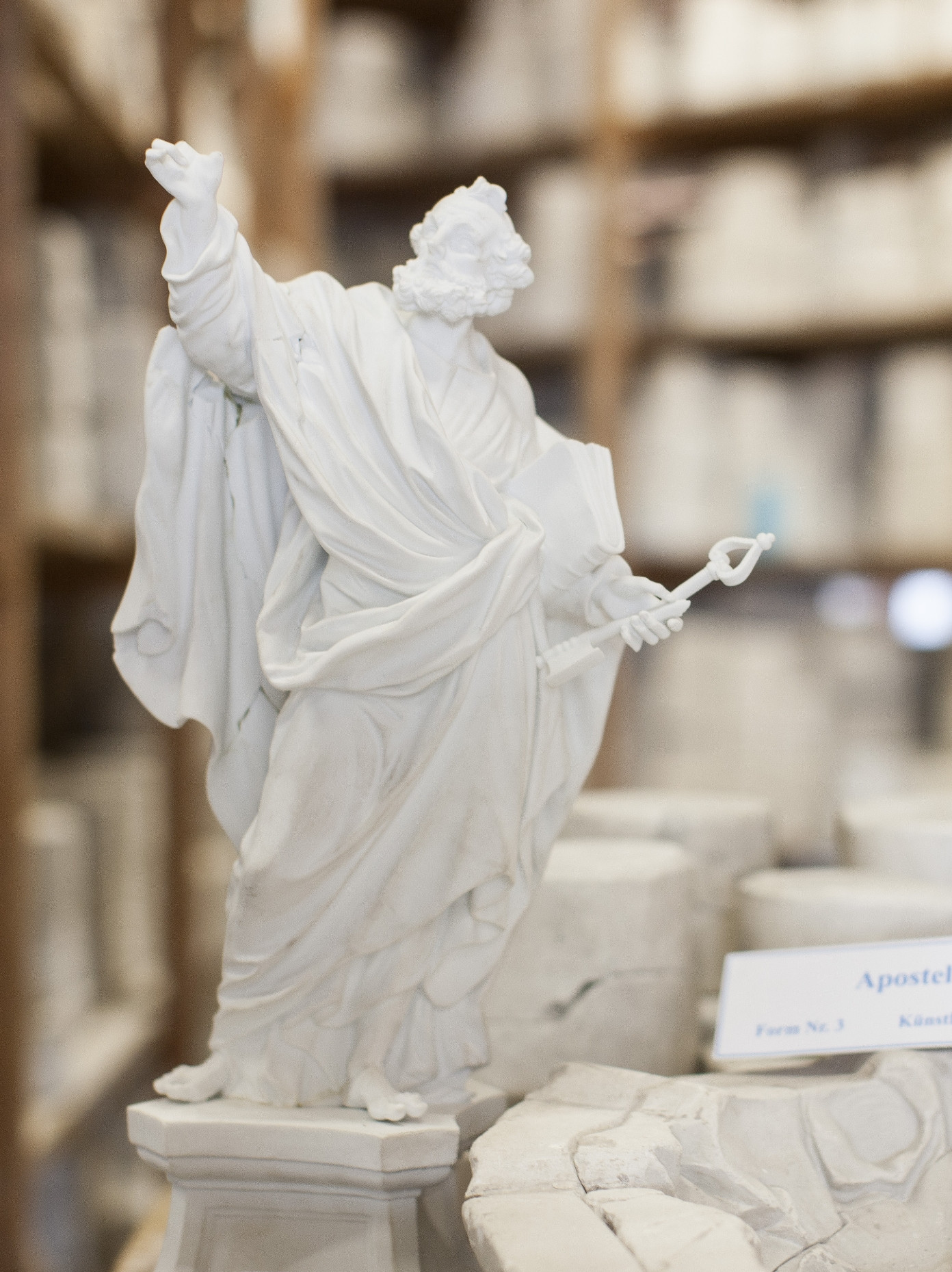 Full of anticipation and with a bit of awe, we whisk you away to what is probably one of the most sacred places in our manufactory – the imposing mould archive. With the smell of old wood and cool plaster in our noses, we enter the walls that house more than 300 years of manufacturing history and are full of unique works by famous artists.
Full of anticipation and with a bit of awe, we whisk you away to what is probably one of the most sacred places in our manufactory – the imposing mould archive. With the smell of old wood and cool plaster in our noses, we enter the walls that house more than 300 years of manufacturing history and are full of unique works by famous artists.
Immerse yourself with us in the exciting world of the Meissen mould archive. Let's go back to the year 1710, when the manufactory was located behind the gates of Albrechtsburg Castle on the castle hill of the city of Meißen. There, the discoverers of the first European hard porcelain, Böttger and Tschirnhaus, produced and developed the "white gold" together with miners and smelters. Then as now, model and mould making is at the beginning of the entire production process. For all porcelains, from the smallest decorative blossom to the service, models were first made from clay, from which the working moulds for porcelain production were then created. All these working tools were then carefully documented and stored in the mould archive so that the pieces could be reproduced at any time according to the original. The tried and tested production of Meissen porcelain has not changed in this aspect to this day and so the mould archive is still filled up piece by piece. If we consider that a porcelain sculpture consists of several individual parts, the size and scope of our mould archive becomes clear. If our manufacturers aim were to reproduce Jörg Danielczyk's swan from 2012, for example, they would need a total of 150 working moulds.
Since the relocation of our manufactory in 1863 from the castle hill to the Triebischtal in Meißen, the mould archive has been spread over several houses and floors on our manufactory premises. Hundreds of different stories and historical occurrences can be found in around 700,000 plaster moulds within these walls. They are a unique treasure that forms the basis for the reproduction of about 9,000 figurines and about 15,000 pieces of tableware. If we consider the fact that all the unique works of the Meissen artists are kept in our mould archive, it becomes clear what a unique and meaningful treasure this is. For these are the works in their original form, with the unmistakable signature of the artist and the lifeblood with which they were created.
"The mould archive preserves a unique treasure – all moulds of the original works by Meissen artists, as they were once created with heart and passion."
-
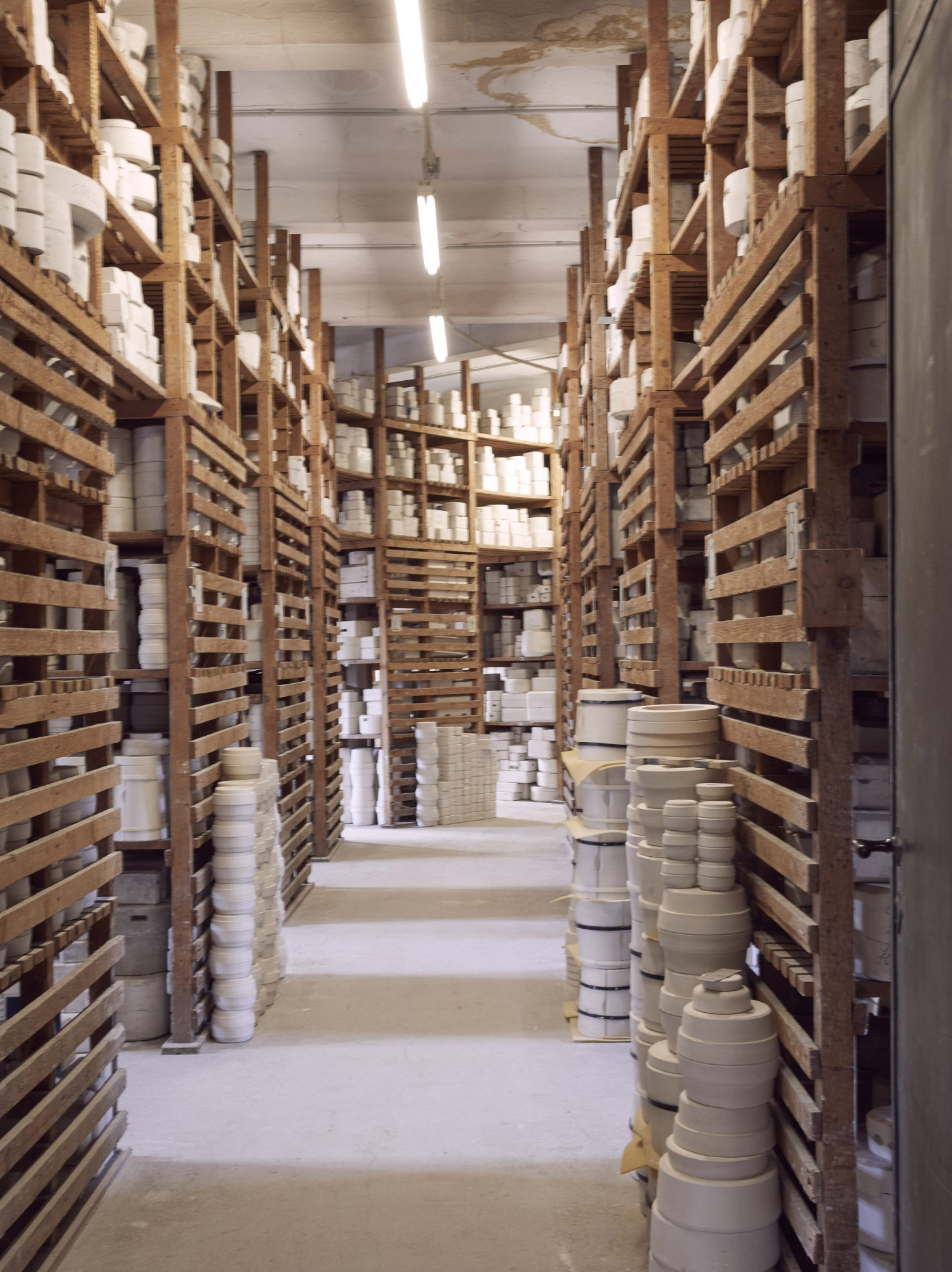 Every single piece in our mould archive tells its own story and is part of our cultural heritage.
Every single piece in our mould archive tells its own story and is part of our cultural heritage.
One of the oldest mother moulds in our archive tells a very impressive story. The moulds for the Apostle Petrus from 1738. This figurine was created by Johann Joachim Kaendler, the impressive model master and sculptor of our manufactory, along with 11 other apostles at the request of the Saxon Elector Friedrich August II. They were to be a gift to the Elector's mother-in-law, who was to admire the original larger-than-life marble sculptures that stood in the Roman Lateran Basilica as porcelain figurines in her chambers. Kaendler himself did not go to Rome to do this, but worked from drawings that are now lost, which explains the slight deviations from the originals. But Kaendler, as a master of his craft on a par with the great stone sculptors of the Baroque, reinterpreted these majestic figurines with their richly folded robes in his own language in a small format and stamped them with his unique handwriting.
The more than 2,200 individual pieces of the magnificent "Swan Service" report an enormous breakthrough in 18th century table and dining culture. It was commissioned from Kaendler by the Prime Minister of Electoral Saxony, Count Heinrich von Brühl, who was the director of our manufactory in 1735. Together with Johann Friedrich Eberlein, they spent five years creating the "Swan Service" with an unprecedented opulent relief – the famous pair of swans swimming through the reeds. Thus, each model of this extensive service is distinguished by a unique sculptural design that revolutionized Baroque table culture.
This wonderful place is full of surprises, myths and stories that will be preserved for eternity and safeguard the rich cultural heritage for the future.

